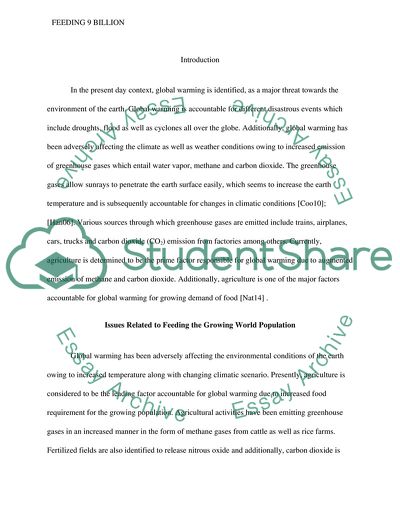Cite this document
(Feeding 9 Billion Term Paper Example | Topics and Well Written Essays - 1750 words, n.d.)
Feeding 9 Billion Term Paper Example | Topics and Well Written Essays - 1750 words. https://studentshare.org/environmental-studies/1830371-feeding-9-billion
Feeding 9 Billion Term Paper Example | Topics and Well Written Essays - 1750 words. https://studentshare.org/environmental-studies/1830371-feeding-9-billion
(Feeding 9 Billion Term Paper Example | Topics and Well Written Essays - 1750 Words)
Feeding 9 Billion Term Paper Example | Topics and Well Written Essays - 1750 Words. https://studentshare.org/environmental-studies/1830371-feeding-9-billion.
Feeding 9 Billion Term Paper Example | Topics and Well Written Essays - 1750 Words. https://studentshare.org/environmental-studies/1830371-feeding-9-billion.
“Feeding 9 Billion Term Paper Example | Topics and Well Written Essays - 1750 Words”. https://studentshare.org/environmental-studies/1830371-feeding-9-billion.


